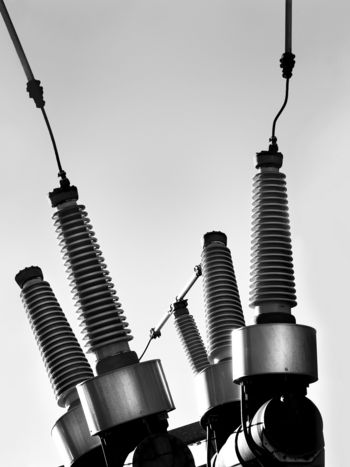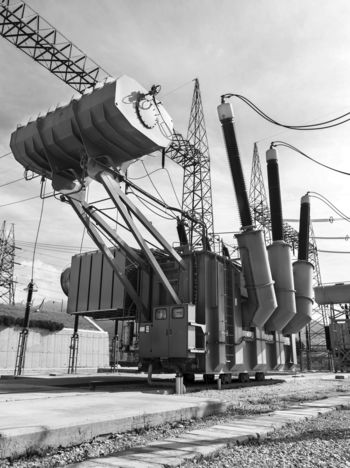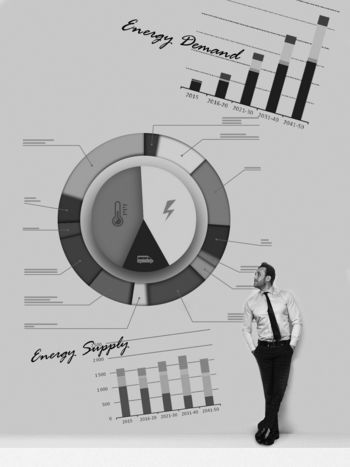Evaluation of Voltage Stability Assessment Methodologies in Modern Power Systems with High Penetration of Inverter-Based Resources
Voltage stability concerns with the ability of an electrical power system to maintain acceptable voltage levels at all buses, whenever a disturbance occurs. To date, the definition and the classification of the types of study of voltage stability have not changed. Several reports on voltage stability have been published in the last decades by CIGRE and IEEE, e.g. CIGRE Technical Brochures 91, 128, 231, and 504, and IEEE Technical Report 90TH0358-2) and a more recent one on the contribution of distributed energy resources to system stability (IEEE Technical Report PES -TR22). These valuable references cover the fundamentals of available indices, analysis methods, and industry experience on voltage stability assessment in conventional systems dominated by synchronous generators.
Members
Convenor (CA)
U. ANNAKKAGE
Secretary (NL)
J.L. RUEDA-TORRES
M.R. YOUNIS (CA), A. K. BHARATI (US), T. VAN CUTSEM (BE), C. VOURNAS (GR), A. BORICIC (NL), V. AJJARAPU (US), M. BAYOUMI (CA), E. HILLBERG (SE), A. D. ROSSO (US), K. VANCE (US), S. AWADALLAH (GB), E. FARANTATOS (US), A. SRIVASTAVA (US), P.-A. LÖF (US), A. RAJAPAKSE (CA), S. GHIOCEL (US), S. LIEMANN (DE), M. FLORES (US), S. CHEN (US), A. R.R. MATAVALAM (US), S. M. RIZVI (US), I. HISKENS (US), E. FARAHANI (AU), A. KUBIS (DE), V. WEIDENMO (SE), V. TERZIJA (RU), G. TARANTO (BR)
ability assessment in conventional systems dominated by synchronous generators.
Nevertheless, due to the transition towards power systems dominated by power electronics interfaced devices (which are massively applied in new technologies of renewable generation, storage, compensation, responsive demand), the way voltage stability is assessed, and the circumstances under which it occurs require a revision. In view of this need, the CIGRE JWG C4/C2.58/IEEE Evaluation of Voltage Stability Assessment Methodologies in Transmission Systems was stablished in 2019 in order to reassess the applicability of the methods presented in the aforementioned references. The joint working group reached wider participation from countries throughout the world. From CIGRE, SC C4 and SC C2 are involved, whereas, from IEEE Power Engineering Society, the Power System Dynamic Performance Committee (Subcommittee Power System Stability/WG on Voltage Stability) is involved. The joint efforts are shaped into this Technical Brochure, which is structured as follows:
Chapter 1 provides a critical review of voltage stability definitions and terminology, including illustrative interpretations in the context of the transition towards power electronics interfaced generation.
Chapter 2 discusses the key aspects of modelling, control, and protection for the study of the impact of power electronics interfaced devices on the voltage stability performance, with emphasis on the capabilities for voltage-ride-through, active and reactive power support, grid forming and current control, as well as the implications of the underlying grid strength, variable operating conditions, and the nature of the mixture of distributed generation and load.
Chapter 3 overviews industry practices and tools for Volt/Var planning and management, also providing a comprehensive survey and a framework of relevant current practice to help identifying the need for new design and mitigation methodologies and tools to cope with the ongoing and expected future voltage stability challenges due to the upgrades of electrical power systems.
In Chapter 4, the adequacy of existing assessment methods of voltage stability is analyzed. Besides, a taxonomy to classify these methods is formalized. The chapter also reviews and contrasts the current industry practices and the state-of-the-art voltage stability assessment methodologies for long-term and short-term voltage stability studies.

Chapter 5 presents real-world examples that illustrate and provide insight into the factors behind the increase in the T&D interactions, which are driven by increasing levels of renewables. The notions of voltage stability are also updated to include the instabilities caused by renewable integration into the power system. Finally, the value of emerging tools in the fields of co-simulation and aggregated modelling for properly capturing the interplay of T&D systems, and the impact of local controls and component behavior in weak voltage situations are discussed.




